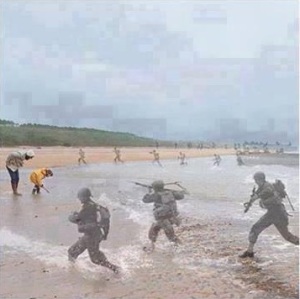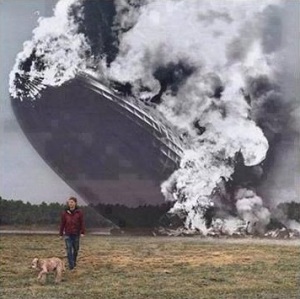
This post regarding a new book purchase is dedicated to the individual book, as I thought that it warranted a small amount of description and further images. I came across this book at the weekend on the book stall at my church’s Christmas Fair, and paid 50p for it. It may look slightly worn, and is a copy of the first volume of a collection of poems by Matthew Prior, (whom I had never heard of until now), ‘Poems on Several Occasions’. However, the thing that drew me to it was this title page:

Incase you can’t see the date at the bottom, here it is again, slightly larger:

MDCCXXV. Or, in Arabic, 1725.
It is in surprisingly good condition considering it’s age, with only a bit of staining on the first few and the last few pages, and the edges of the pages having gone black.
Now, let me just detail a bit about the poet:
Matthew Prior (21 July 1664 – 18 September 1721)
born in Middlesex, Matthew Prior was educated at Westminster School, and here met Charles Montagu, 1st Earl of Halifax. With Montagu, he then went on to attend St. John’s College, Cambridge, where he took his degree in 1686, and became a fellow two years later. In 1687, Prior and Montagu penned The City Mouse and Country Mouse, a satire of Dryden‘s The Hind and the Panther.
After Cambridge, Prior became the secretary to the embassy at the Hague. and was later appointed a gentleman of the King’s bedchamber, acting as the King’s Chief Secretary for Ireland from 1697 to 1699. He was also under-secretary of state, succeeding John Locke as a commissioner of trade, and in 1701, sat for East Grinstead in Parliament. Later, between 1713 and 1714, Prior was the British Ambassador to France, and his share in negotiating the Treaty of Utrecht led to it gaining the name ‘Matt’s Peace’- despite him disapproving of the Treaty personally. He was kept in custody from 1715 to 1717 after having been impeached by Robert Walpole, and lived comfortably due to receiving 4000 guineas for a volume of poetry, and a present of £4000 from Lord Harley, but he died a few years later at Wimpole, Cambridgeshire. He is buried in Westminster Abbey.
**************************
This book is the first volume of his ‘Poems on Several Occasions’, which was published on numerous occasions both before and after his death, but most of the editions that I have found on the internet place Prior’s name on the title page, which this edition doesn’t. Also, I am unsure whether or not the binding is original on my copy, and I have very little knowledge regarding such book features, but to me it seems to be original. Don’t take my word for that, though. Interestingly, the contents is at the back of the book, and there are also several inscriptions on the reverse of the page with Prior’s image on, which I cannot quite make out. However, on of them does say ‘Coll: Jesu: Oxon’, which I thought was interesting considering I have lived in Oxford.

The Oxford inscription can be seen at the top. Any help with what the rest of these say would be greatly appreciated.
I just thought that I’d share a bit about this, and don’t think that it is a bad find for 50p!






















